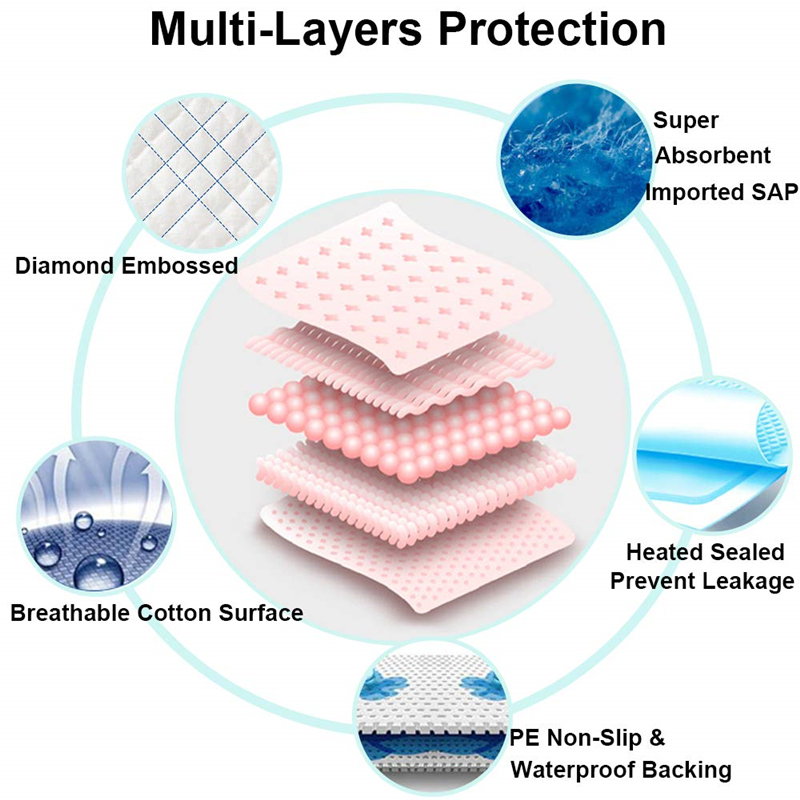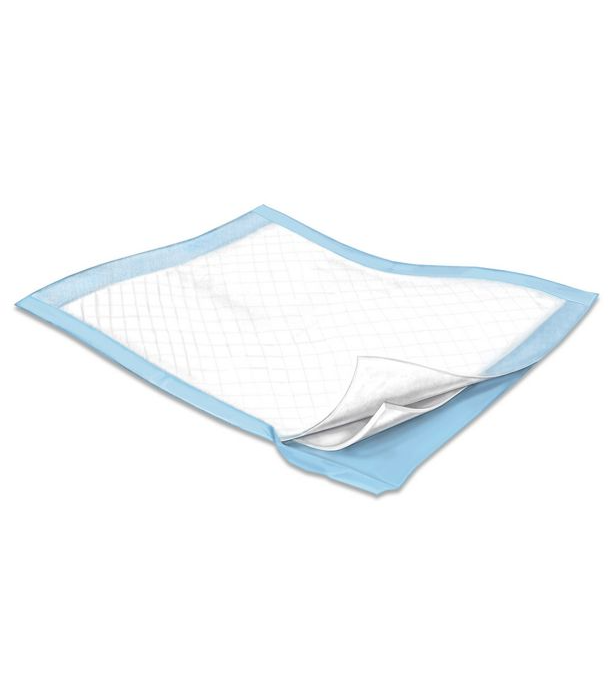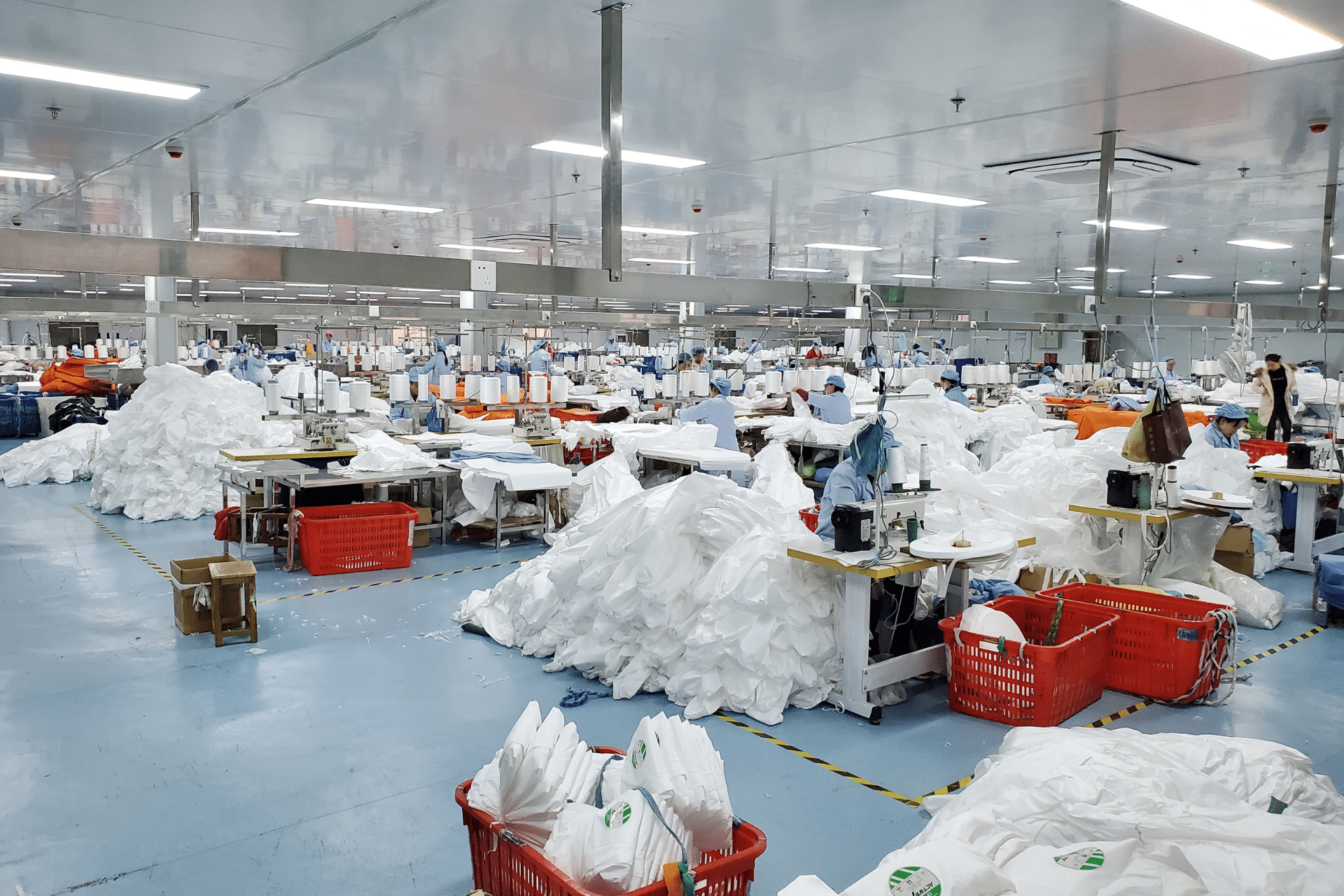In today’s fast-paced world, the healthcare and home care sectors are constantly seeking efficient and practical solutions for everyday challenges. One such solution that has gained significant popularity is disposable bed pads. Their utility in managing incontinence and maintaining hygiene has made them indispensable in various care settings.

The Benefits of Buying Disposable Bed Pads in Bulk
Purchasing disposable bed pads in bulk is a strategic move for distributors, offering a range of advantages that extend beyond just having a large inventory. Here’s a closer look at the benefits of this approach:
1. Cost-Effectiveness and Savings
Economies of Scale: Bulk buying often comes with the benefit of reduced costs. When distributors purchase large quantities, they typically receive a lower unit price, which translates into significant savings. This cost-effectiveness is a key factor, especially in a market where pricing can be a competitive advantage.
Passing Savings to Customers: These savings can then be passed on to the end-users or care facilities, making essential supplies like disposable bed pads more affordable. This can lead to increased customer satisfaction and loyalty, as buyers appreciate the value for money.

2. Ensuring Steady Supply
Meeting High Demand: In healthcare and home care sectors, the demand for disposable bed pads is consistently high due to the ongoing need for incontinence care products. Bulk purchasing ensures that distributors always have an adequate supply to meet this constant demand.
Avoiding Stock Shortages: By maintaining a large inventory, distributors can avoid the pitfalls of stock shortages, which can be detrimental in a market where timely supply is crucial for customer retention and trust.

3. Streamlining Operations
Efficient Inventory Management: Buying in bulk can simplify inventory management. With a consistent and predictable supply of bed pads, distributors can better plan their storage and distribution, reducing the complexities associated with frequent, smaller orders.
Reduced Administrative Burden: Larger, less frequent orders can also mean fewer administrative tasks, less paperwork, and simplified logistics, which can further reduce operational costs.

4. Building Strong Relationships with Manufacturers
Leveraging Bulk Orders for Negotiation: Bulk orders often put distributors in a stronger position to negotiate with manufacturers. They may leverage their large orders to negotiate better terms, discounts, or exclusive deals.
Opportunities for Customization: In some cases, bulk buying might also open up opportunities for customization of products, such as in packaging or product features, which can be an added value to the distributor’s offerings.

5. Environmental Impact
Reducing Carbon Footprint: Bulk purchasing can be more environmentally friendly. Larger orders typically mean fewer deliveries, which can reduce the carbon footprint associated with transportation and logistics.
Efficient Use of Packaging Materials: It also often involves more efficient use of packaging materials, which can contribute to reduced waste.

6. Catering to Diverse Market Needs
Wide Range of Products: Distributors who buy in bulk can stock a wide range of products to cater to different market segments. This diversity in inventory can make them a one-stop shop for various customer needs, enhancing their market presence.

Features of High-Quality Disposable Underpad
When it comes to disposable underpads, quality is key. High-quality pads are known for their super absorbent capabilities, comfortably soaking up liquids to prevent leakage. Sizes like 30 x 36 are popular for providing ample coverage, ensuring beds, chairs, and sofas are well-protected. The material quality also plays a crucial role in user comfort and pad effectiveness.

Diverse Applications of Disposable Bed Pads
Disposable bed pads are not just limited to hospital or elderly care use. Their versatility extends to home care for patients with incontinence, providing night-time protection, and safeguarding furniture like couches and chairs from spills. They are also commonly used in settings where temporary solutions for hygiene management are needed.

Selecting the Right Disposable Bed Pads for Different Needs
For distributors, understanding the diverse needs of end-users is important. Pads vary from light to heavy absorbency, catering to different levels of incontinence. Additionally, sizes like underpads 30 x 36 offer great coverage for larger beds or furniture, while smaller sizes are ideal for chairs or smaller beds.

Why Distributors Should Stock Disposable Underpads
Stocking disposable underpads is a wise decision for distributors. The demand for these products is consistently high due to their necessity in healthcare and home care. Their versatility and ease of use make them a popular choice among consumers, which translates into steady sales and positive reviews.

For distributors looking to make a smart investment, stocking disposable bed pads in bulk is a prudent choice. These pads not only offer practicality and comfort for users but also ensure a continuous supply for high-demand areas. Their versatility and efficiency in providing incontinence solutions make them a staple in healthcare and home care supplies.

FAQs
- What makes disposable bed pads a necessary item in healthcare?
- Their ability to manage incontinence effectively and maintain hygiene makes them indispensable in healthcare settings.
- Are bulk disposable bed pads cost-effective for distributors?
- Yes, purchasing in bulk typically leads to cost savings, which can be advantageous for both distributors and consumers.
- What should be considered when choosing disposable bed pads?
- Absorbency level, size, and material quality are key factors to consider for maximum effectiveness and user comfort.
- Can disposable bed pads be used in home settings?
- Absolutely, they are ideal for home use, especially for individuals with incontinence or those needing temporary hygiene solutions.
- What sizes are most popular among disposable bed pads?
- Sizes like 30 x 36 are popular for their extensive coverage, suitable for various furniture types and user needs.











